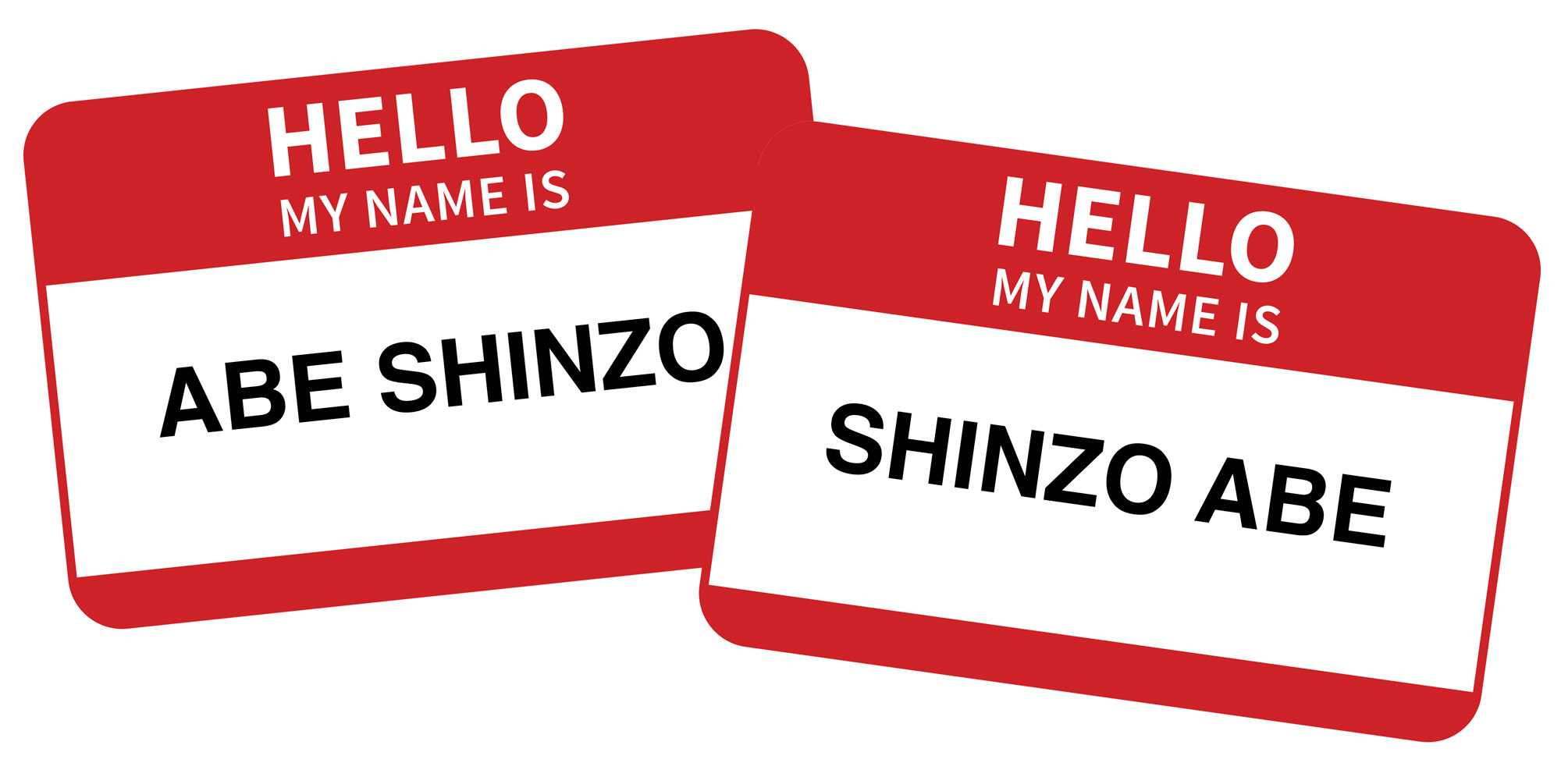When did the Japanese start reversing the family-personal name order for Western consumption?
Was it when Japan signed the Convention of Peace and Amity with Matthew Calbraith Perry of the U.S. Navy in 1854? After all, the treaty was signed under duress, under ominous "black ships." But, no, there wasn't anything like name order reversal. The treaty and related references show that Japanese names were left intact as they were, titles included.
I happen to have the first edition of Cmdr. Perry's report, "Narrative of the Expedition of an American Squadron to the China Seas and Japan," published in 1857. It cites the chief Japanese negotiator, for example, as "Hayashi Daigaku-no-kami." Hayashi was the head of the Tokugawa Shogunate's institution of higher learning, Shoheiko, hence "daigaku-no-kami." He had a personal name, Fukusai, but in those days, titles had precedence over personal names in Japan. Perry's entourage knew this and accepted the native custom.

















With your current subscription plan you can comment on stories. However, before writing your first comment, please create a display name in the Profile section of your subscriber account page.